Info
Subfamily: Panicoideae
Genus etymology: Urochloa = "tail grass" [Greek] refering to the small tail (mucro) of the upper lemma of some species
Species etymology: eminii = honorific for Emin Pasha, the adopted name of Eduard Sennritzer (1840–1892)
Photosynthetic type: C4 (warm season)
Nativity: naturalized - intentional
First recorded in Hawaiʻi: 1966
Map
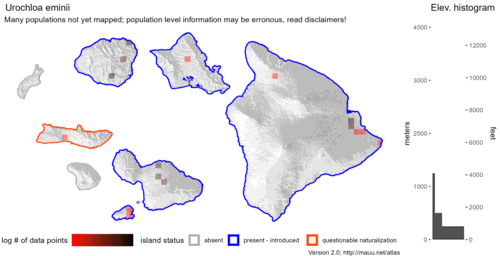
Inflorescence
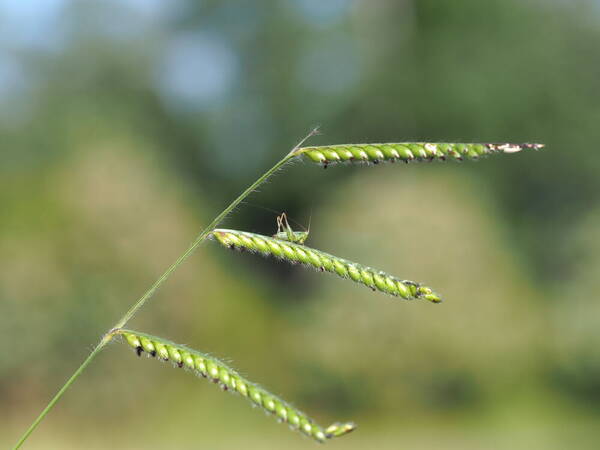
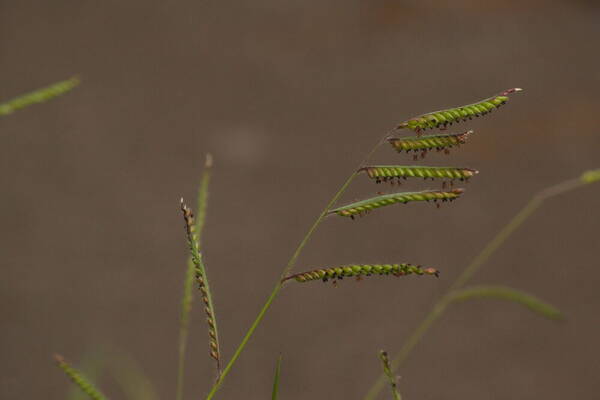
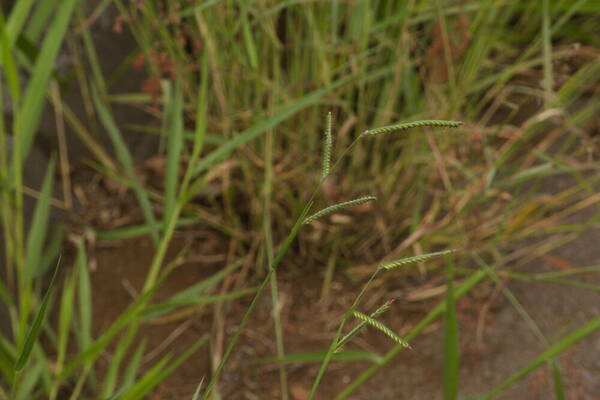
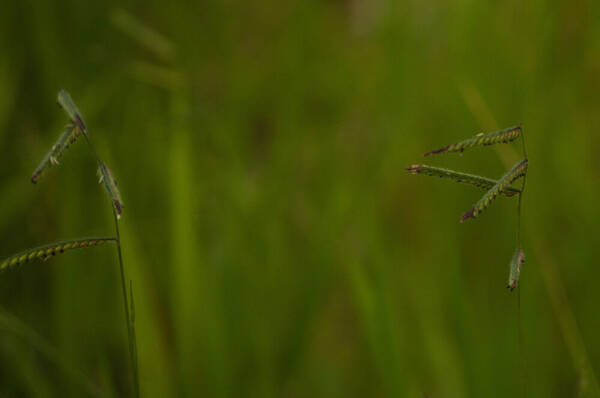
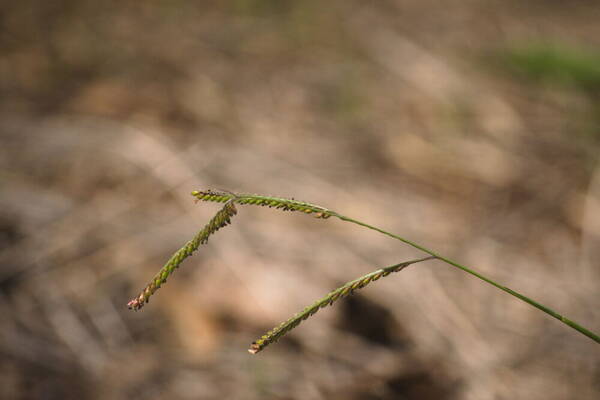
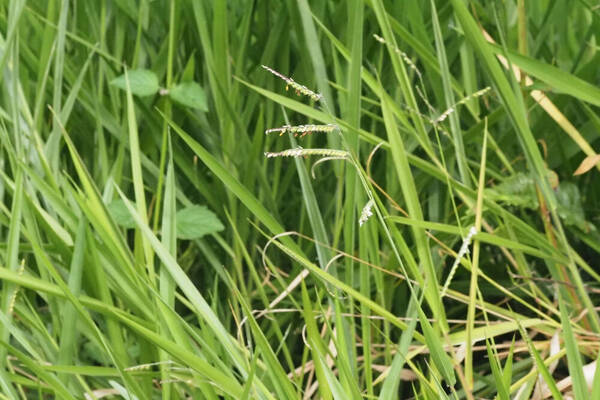
Plant
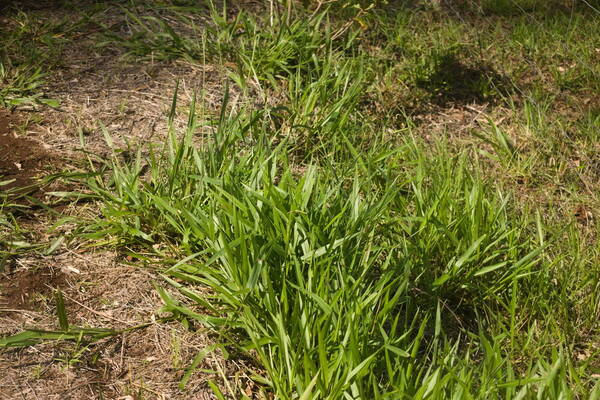
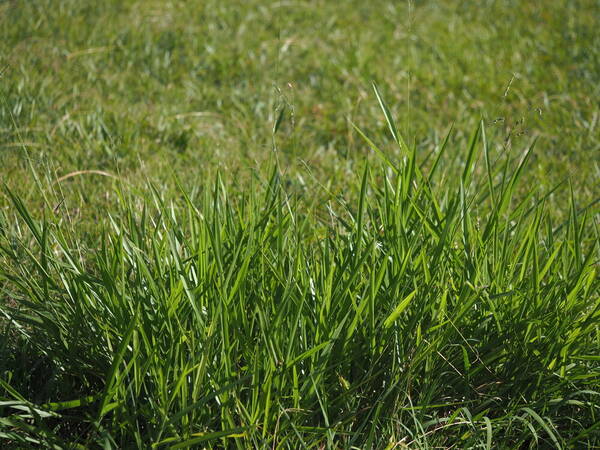
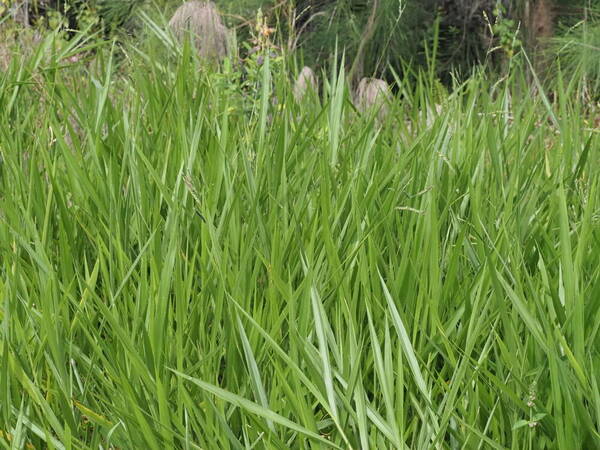
Habit
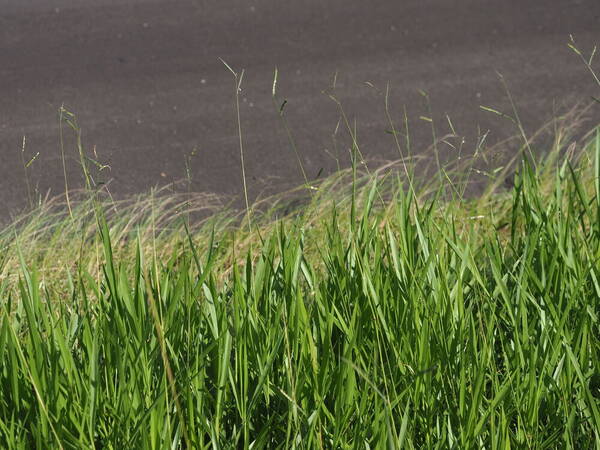

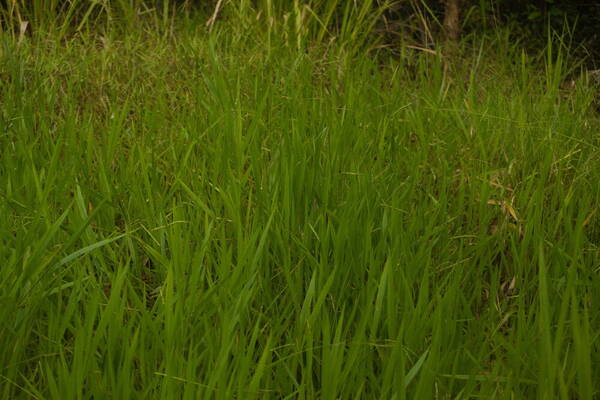
Spikelets
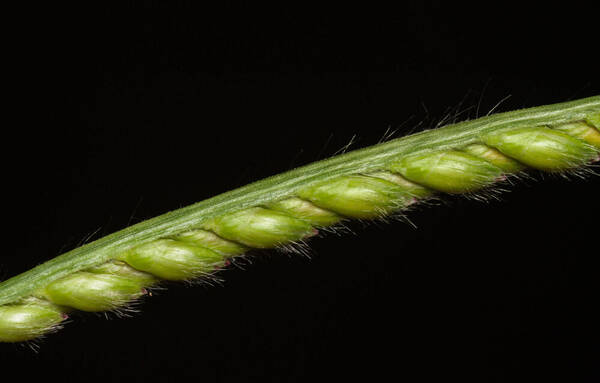
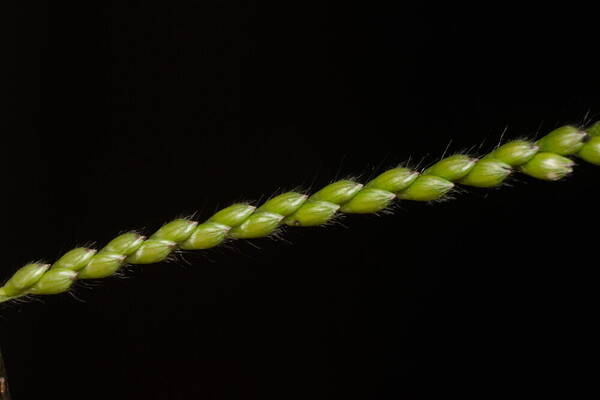
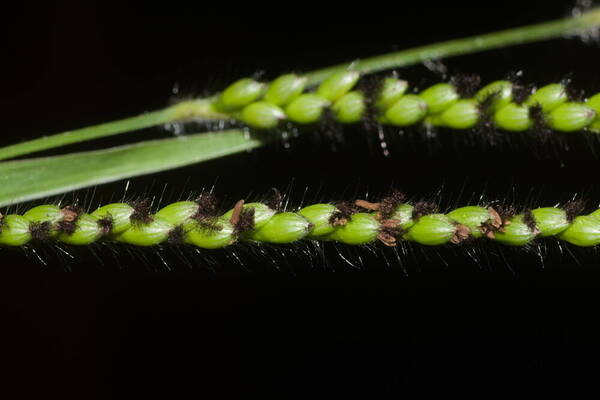
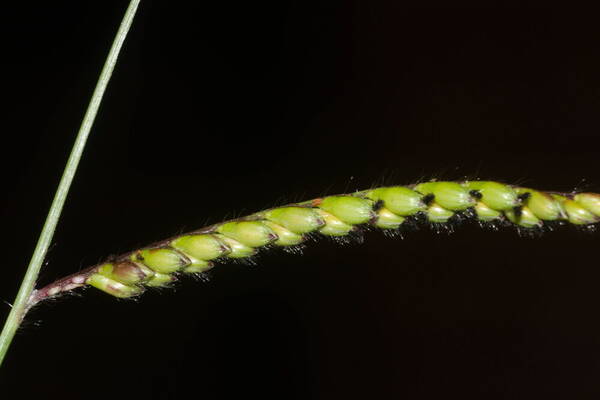

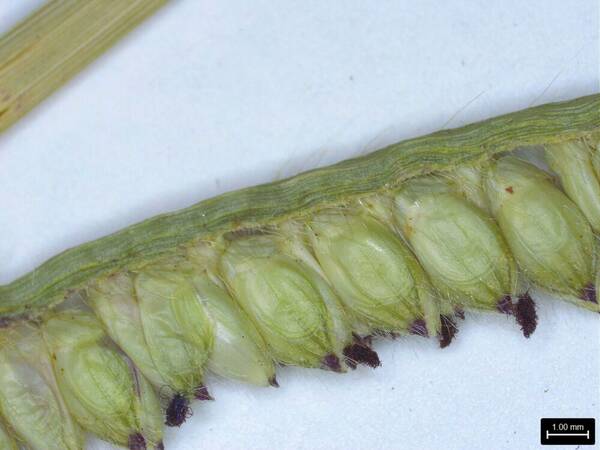
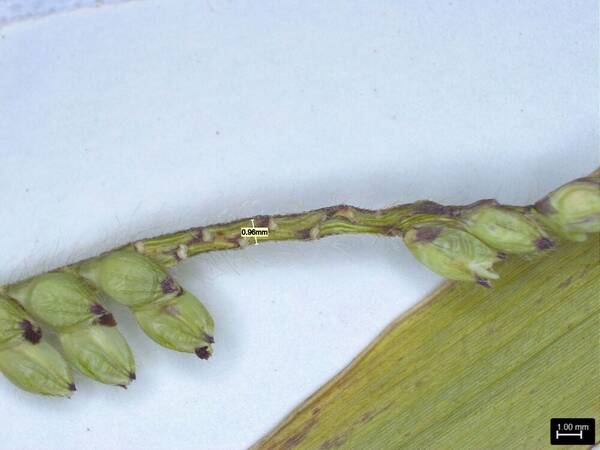
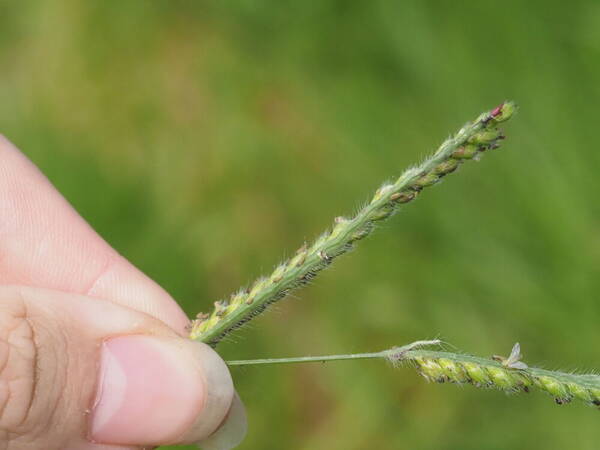
Description
Stoloniferous perennial; culms 50–150 cm. high, wiry, decumbent. Leaf-blades broadly linear to narrowly lanceolate, 5–20 cm. long, 7–15 mm. wide. Inflorescence of 2–7 racemes on an axis 1–8 cm. long; racemes mostly 1–5 cm. long; bearing the spikelets singly, these usually in 2 rows; rhachis flat, 1–1.7 mm. wide, ciliate on the margins. Spikelets elliptic, 4–5 mm. long, usually pubescent, with a slight stipe at the base; lower glume 1/3–1/2 the length of the spikelet, clasping, acute or obtuse; upper glume membranous, separated from the lower by an internode; upper lemma granulose, subacute.
(Description source: Clayton, W.D. & Renvoize, S.A. 1982. Flora of Tropical East Africa. Gramineae (Part 3). A.A. Balkema, Rotterdam. 448 pp. )
Habit: Perennial. Stolons present. Culms decumbent; 50-150 cm long; wiry. Ligule a fringe of hairs. Leaf-blades linear, or lanceolate; 5-20 cm long; 7-15 mm wide. Inflorescences: Inflorescence composed of racemes. Racemes 2-7; borne along a central axis; unilateral; 1-5 cm long. Central inflorescence axis 1-8 cm long. Rhachis broadly winged; 1-1.7 mm wide; ciliate on margins. Spikelet packing adaxial; regular; 2 -rowed. Spikelets solitary. Fertile spikelets sessile. Spikelets: Spikelets comprising 1 basal sterile florets; 1 fertile florets; without rhachilla extension. Spikelets elliptic; dorsally compressed; compressed slightly; subacute, or acute; 4-5 mm long; falling entire. Spikelet callus square. Rhachilla internodes elongated between glumes. Fertile Spikelets: Spikelets comprising 1 basal sterile florets; 1 fertile florets; without rhachilla extension. Spikelets elliptic; dorsally compressed; compressed slightly; subacute, or acute; 4-5 mm long; falling entire. Spikelet callus square. Rhachilla internodes elongated between glumes. Glumes: Glumes dissimilar; reaching apex of florets; thinner than fertile lemma. Lower glume ovate; clasping; 0.33-0.5 length of spikelet; membranous; without keels; 9 -veined. Lower glume apex obtuse, or acute. Upper glume oblong; 1 length of spikelet; membranous; without keels; 7 -veined. Upper glume surface pubescent. Upper glume apex obtuse, or acute. Florets: Basal sterile florets male; with palea. Lemma of lower sterile floret similar to upper glume; oblong; 1 length of spikelet; membranous; 5 -veined; pubescent; obtuse, or acute. Fertile lemma elliptic; 3.5-4.5 mm long; indurate; without keel. Lemma surface granulose. Lemma margins involute. Lemma apex acute. Palea involute; indurate; without keels. Distribution: Africa: west-central tropical, east tropical, and southern tropical. Asia-tropical: India and Papuasia. Australasia: Australia. Pacific: north-central. South America: Mesoamericana, northern South America, western South America, and Brazil.
(Description source: Clayton, W.D., Vorontsova, M.S., Harman, K.T. and Williamson, H. (2006 onwards). GrassBase - The Online World Grass Flora. Available at https://powo.science.kew.org )